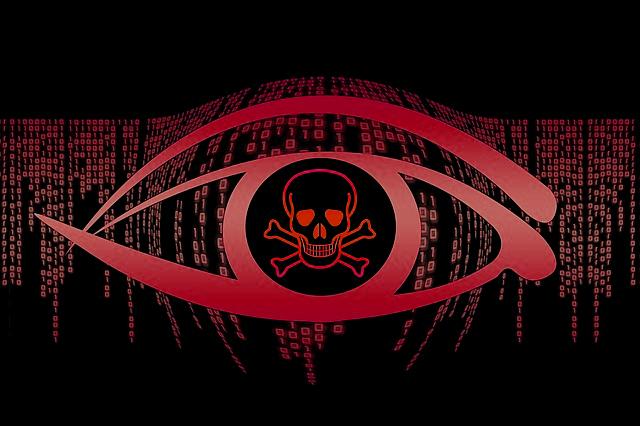 What is Zeus Sphinx? How to remove Zeus Sphinx Trojan from your PC or Mac?
What is Zeus Sphinx? How to remove Zeus Sphinx Trojan from your PC or Mac?
The Zeus Sphinx Trojan is a banking Trojan which is rated as advanced when compared with other viruses of this type. The released information about it shows that the hackers are experienced and may have created other Trojans in the past. Usually virus infections like this one are made by interacting with an infected file — this can be either a macro-infected document or a hacker-made software installer. They are often made by taking the legitimate files from their official sources and modifying them with the necessary virus code. Other data can also be affected. All kinds of other data may be used as well — this includes malicious plugins for web browsers and etc. If any are found then the Zeus Sphinx Trojan will be installed.
This particular threat is known for being spread via phishing email messages. It targets mainly companies and businesses. After the infection has been made the Zeus Sphinx Trojan can download other threats, launch multiple dangerous modules and steal files.

Threat Summary
| Name | Zeus Sphinx Trojan |
| Type | Malware, Trojan, Miner |
| Short Description | A dangerous malware which can launch a miner and start a Trojan module. |
| Symptoms | The victims may notice performance issues and can get infected with other malware. |
| Distribution Method | Common distribution tactics and direct web attacks. |
| Detection Tool |
See If Your System Has Been Affected by malware
Download
Malware Removal Tool
|
User Experience | Join Our Forum to Discuss Zeus Sphinx Trojan. |
Zeus Sphinx Trojan — Overview
Zeus Sphinx as an example of the Zeus family of threats is an upgraded version of a previously-known Trojan. The infections were detected in a live campaign which is a few years after the massive attacks which were set against financial targets. This was made possible due to a leak of the source code in several developer communities. This has allowed different for different hacking groups to take advantage of the codebase and create their own custom versions.
The main method of distribution in the current version of the Zeus Sphinx Trojan is to launch a coordinated phishing campaign by sending out fake documents. They are designed to look like information regarding government relief payments regarding the COVID-19 pandemic. This is regarded by the hackers as an effective strategy as many other similar threats have also resorted to the use of Coronavirus-related warning messages.
Such threats can also be spread by the use of related web content — this can be specially created websites that contain warnings and messages. They can be hosted on domain names that sound like government agencies and they can be linked in the email messages. These pages can also link to other malware and phishing pages.
The prepared documents are of the common DOC and DOCX file formats. When they are opened a password prompt will appear — depending on the format of the phishing campaign the password will be placed in the email message or the website hosting the virus file. When the credentials are entered the built-in scripts will start a Trojan download operation which will begin the infection.
One of the first actions which will be done by the malware is to ensure a persistent environment — the Trojan will modify key configuration files and settings in order to always run when the system is started. According to the available information the Zeus Sphinx Trojan is also capable of accessing and modifying the Windows Registry — this means that existing values can be edited and new ones created. This will lead to performance issues, data loss and other problems. Any Registry values that are related to the virus threat will be placed in a folder placed in the %APPDATA%.
The Zeus Sphinx Trojan will be run via a system process (explorer.exe) and web browsers such as Internet Explorer, Google Chrome and Mozilla Firefox. This means that all actions will appear as made by the users. This may not raise any alerts of security software such as intrusion detection engines, firewalls and etc. The main goal of this threat is to monitor the users behavior and servers mainly as a banking Trojan. This means that the main engine will monitor the users and when they access an online web banking service it will modify user fields so that transactions will go to the hackers instead of the specified recipients. This process will also hijack any user credentials that are used to access online services. At any time the infection sequence may change — adding in new features, modifying existing configurations and infecting the systems with other malware. Popular options include file-encrypting ransomware or web miners.

How to Remove Zeus Sphinx Trojan
In order to fully remove Zeus Sphinx from your computer system, we recommend that you follow the removal instructions underneath this article. If the first two manual removal steps do not seem to work and you still see Zeus Sphinx or programs, related to it, we suggest what most security experts advise – to download and run a scan of your computer with a reputable anti-malware program. Downloading this software will not only save you some time, but will remove all of Zeus Sphinx files and programs related to it and will protect your computer against such intrusive apps and malware in the future.
Preparation before removing Zeus Sphinx Trojan.
Before starting the actual removal process, we recommend that you do the following preparation steps.
- Make sure you have these instructions always open and in front of your eyes.
- Do a backup of all of your files, even if they could be damaged. You should back up your data with a cloud backup solution and insure your files against any type of loss, even from the most severe threats.
- Be patient as this could take a while.
- Scan for Malware
- Fix Registries
- Remove Virus Files
Step 1: Scan for Zeus Sphinx Trojan with SpyHunter Anti-Malware Tool
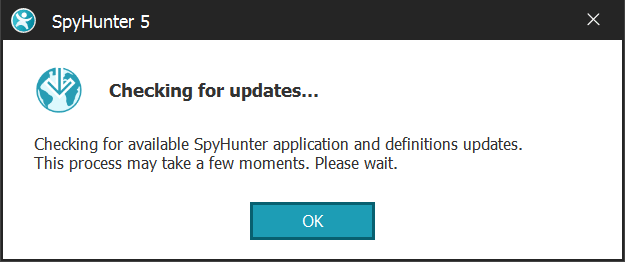

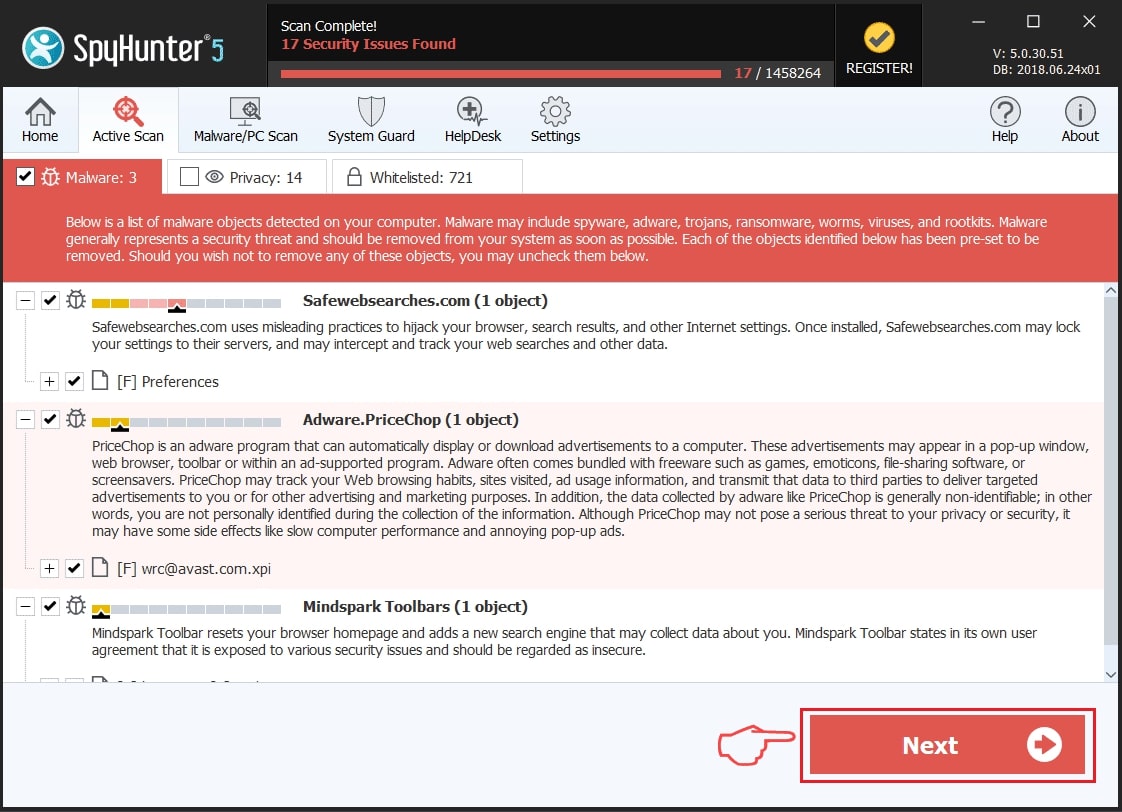
Step 2: Clean any registries, created by Zeus Sphinx Trojan on your computer.
The usually targeted registries of Windows machines are the following:
- HKEY_LOCAL_MACHINE\Software\Microsoft\Windows\CurrentVersion\Run
- HKEY_CURRENT_USER\Software\Microsoft\Windows\CurrentVersion\Run
- HKEY_LOCAL_MACHINE\Software\Microsoft\Windows\CurrentVersion\RunOnce
- HKEY_CURRENT_USER\Software\Microsoft\Windows\CurrentVersion\RunOnce
You can access them by opening the Windows registry editor and deleting any values, created by Zeus Sphinx Trojan there. This can happen by following the steps underneath:


 Tip: To find a virus-created value, you can right-click on it and click "Modify" to see which file it is set to run. If this is the virus file location, remove the value.
Tip: To find a virus-created value, you can right-click on it and click "Modify" to see which file it is set to run. If this is the virus file location, remove the value.Step 3: Find virus files created by Zeus Sphinx Trojan on your PC.
1.For Windows 8, 8.1 and 10.
For Newer Windows Operating Systems
1: On your keyboard press + R and write explorer.exe in the Run text box and then click on the Ok button.
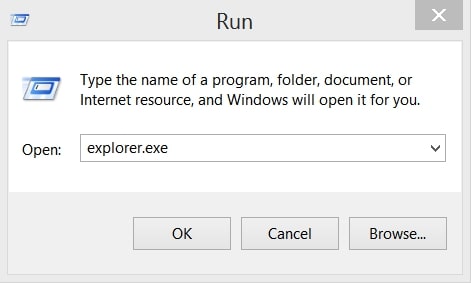
2: Click on your PC from the quick access bar. This is usually an icon with a monitor and its name is either “My Computer”, “My PC” or “This PC” or whatever you have named it.
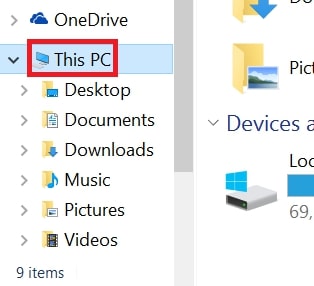
3: Navigate to the search box in the top-right of your PC's screen and type “fileextension:” and after which type the file extension. If you are looking for malicious executables, an example may be "fileextension:exe". After doing that, leave a space and type the file name you believe the malware has created. Here is how it may appear if your file has been found:
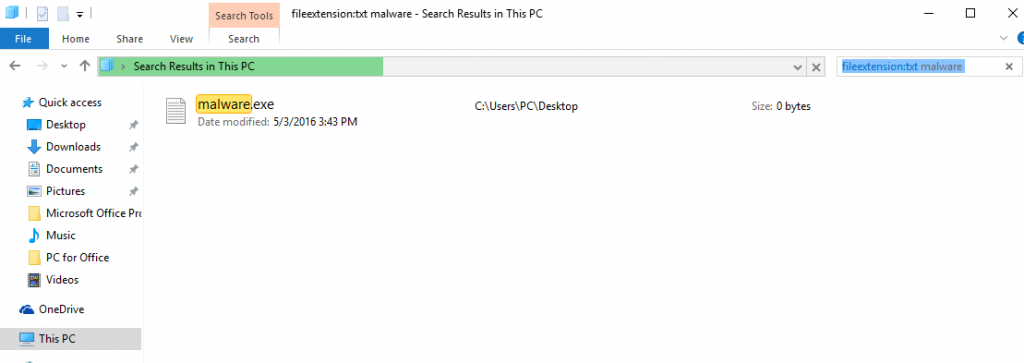
N.B. We recommend to wait for the green loading bar in the navigation box to fill up in case the PC is looking for the file and hasn't found it yet.
2.For Windows XP, Vista, and 7.
For Older Windows Operating Systems
In older Windows OS's the conventional approach should be the effective one:
1: Click on the Start Menu icon (usually on your bottom-left) and then choose the Search preference.
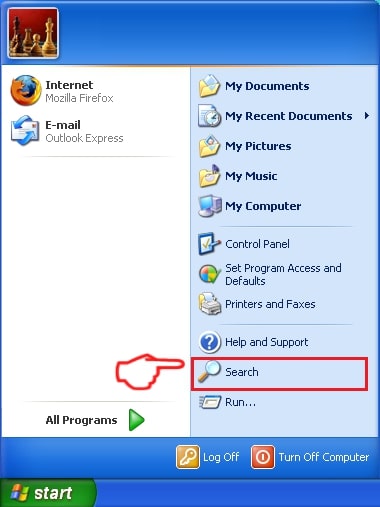
2: After the search window appears, choose More Advanced Options from the search assistant box. Another way is by clicking on All Files and Folders.
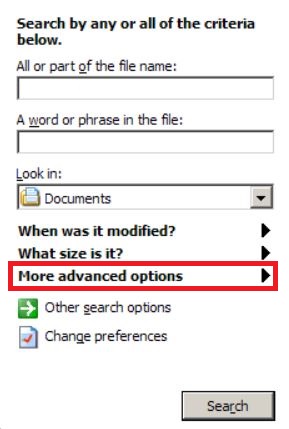
3: After that type the name of the file you are looking for and click on the Search button. This might take some time after which results will appear. If you have found the malicious file, you may copy or open its location by right-clicking on it.
Now you should be able to discover any file on Windows as long as it is on your hard drive and is not concealed via special software.
Zeus Sphinx Trojan FAQ
What Does Zeus Sphinx Trojan Trojan Do?
The Zeus Sphinx Trojan Trojan is a malicious computer program designed to disrupt, damage, or gain unauthorized access to a computer system. It can be used to steal sensitive data, gain control over a system, or launch other malicious activities.
Can Trojans Steal Passwords?
Yes, Trojans, like Zeus Sphinx Trojan, can steal passwords. These malicious programs are designed to gain access to a user's computer, spy on victims and steal sensitive information such as banking details and passwords.
Can Zeus Sphinx Trojan Trojan Hide Itself?
Yes, it can. A Trojan can use various techniques to mask itself, including rootkits, encryption, and obfuscation, to hide from security scanners and evade detection.
Can a Trojan be Removed by Factory Reset?
Yes, a Trojan can be removed by factory resetting your device. This is because it will restore the device to its original state, eliminating any malicious software that may have been installed. Bear in mind that there are more sophisticated Trojans that leave backdoors and reinfect even after a factory reset.
Can Zeus Sphinx Trojan Trojan Infect WiFi?
Yes, it is possible for a Trojan to infect WiFi networks. When a user connects to the infected network, the Trojan can spread to other connected devices and can access sensitive information on the network.
Can Trojans Be Deleted?
Yes, Trojans can be deleted. This is typically done by running a powerful anti-virus or anti-malware program that is designed to detect and remove malicious files. In some cases, manual deletion of the Trojan may also be necessary.
Can Trojans Steal Files?
Yes, Trojans can steal files if they are installed on a computer. This is done by allowing the malware author or user to gain access to the computer and then steal the files stored on it.
Which Anti-Malware Can Remove Trojans?
Anti-malware programs such as SpyHunter are capable of scanning for and removing Trojans from your computer. It is important to keep your anti-malware up to date and regularly scan your system for any malicious software.
Can Trojans Infect USB?
Yes, Trojans can infect USB devices. USB Trojans typically spread through malicious files downloaded from the internet or shared via email, allowing the hacker to gain access to a user's confidential data.
About the Zeus Sphinx Trojan Research
The content we publish on SensorsTechForum.com, this Zeus Sphinx Trojan how-to removal guide included, is the outcome of extensive research, hard work and our team’s devotion to help you remove the specific trojan problem.
How did we conduct the research on Zeus Sphinx Trojan?
Please note that our research is based on an independent investigation. We are in contact with independent security researchers, thanks to which we receive daily updates on the latest malware definitions, including the various types of trojans (backdoor, downloader, infostealer, ransom, etc.)
Furthermore, the research behind the Zeus Sphinx Trojan threat is backed with VirusTotal.
To better understand the threat posed by trojans, please refer to the following articles which provide knowledgeable details.


